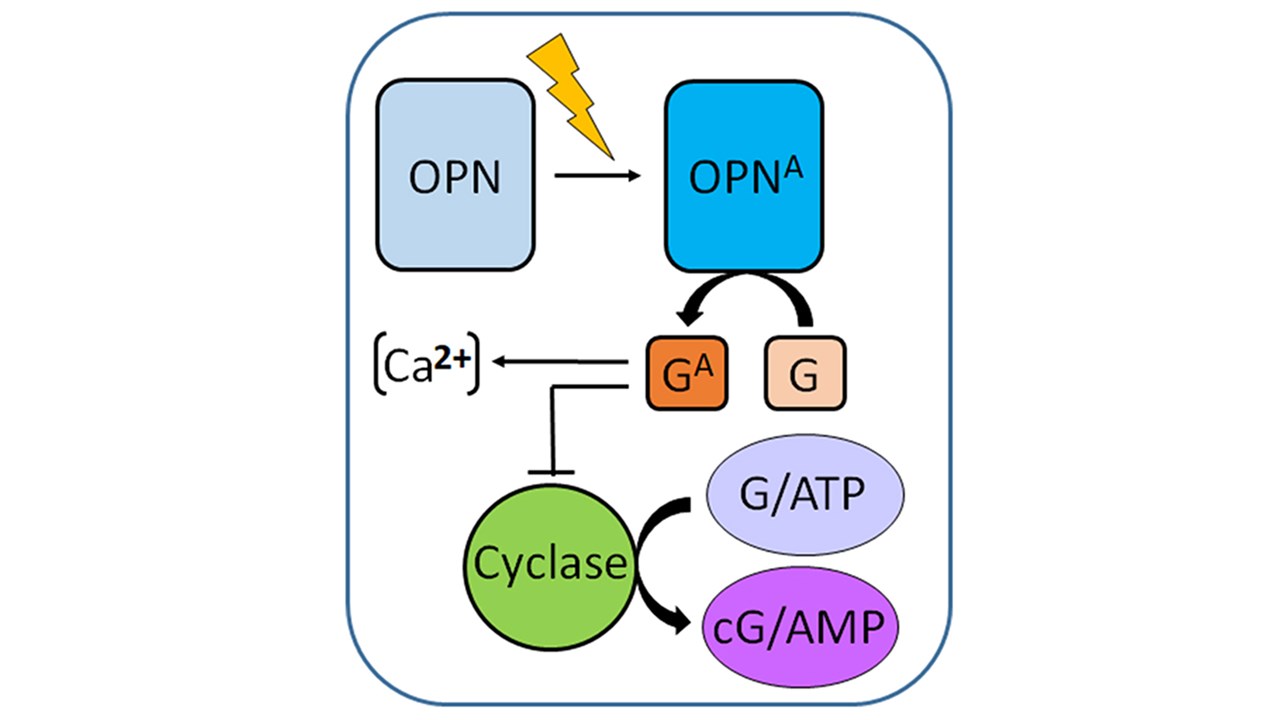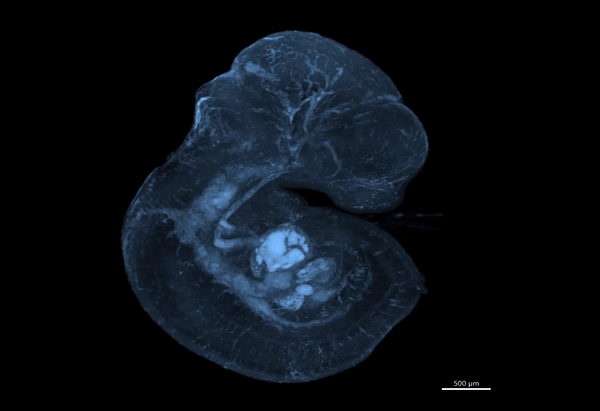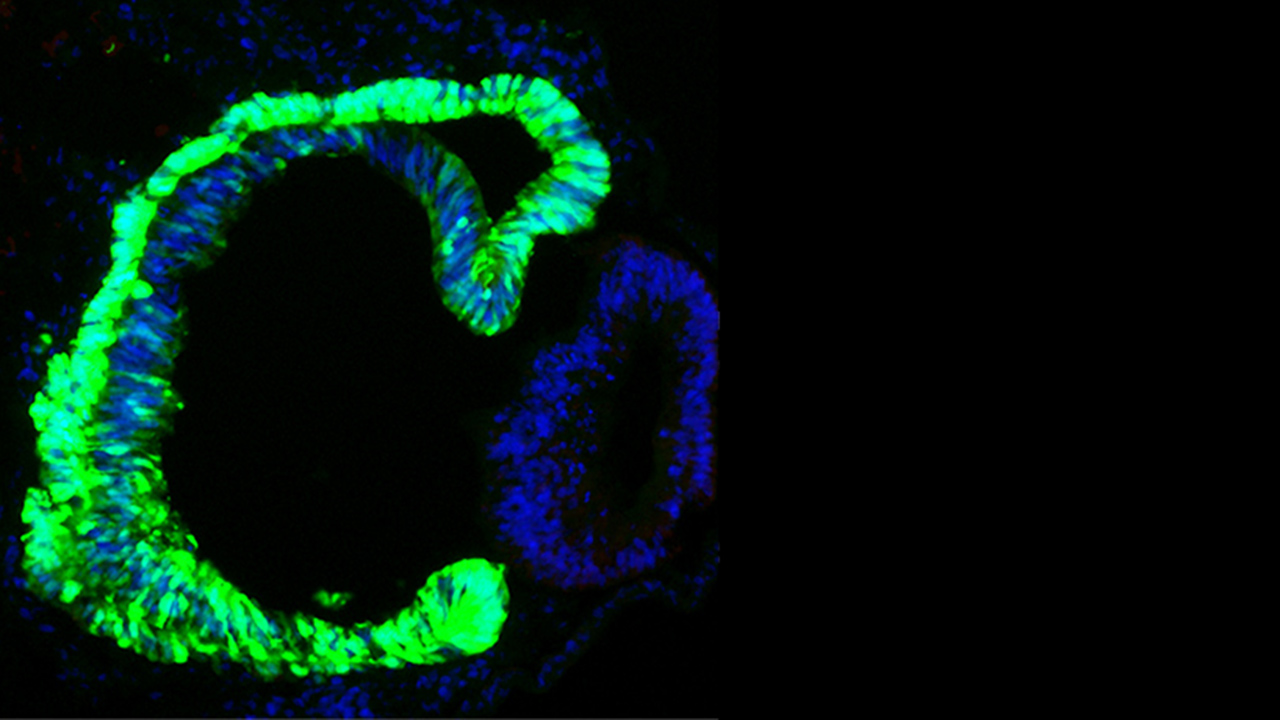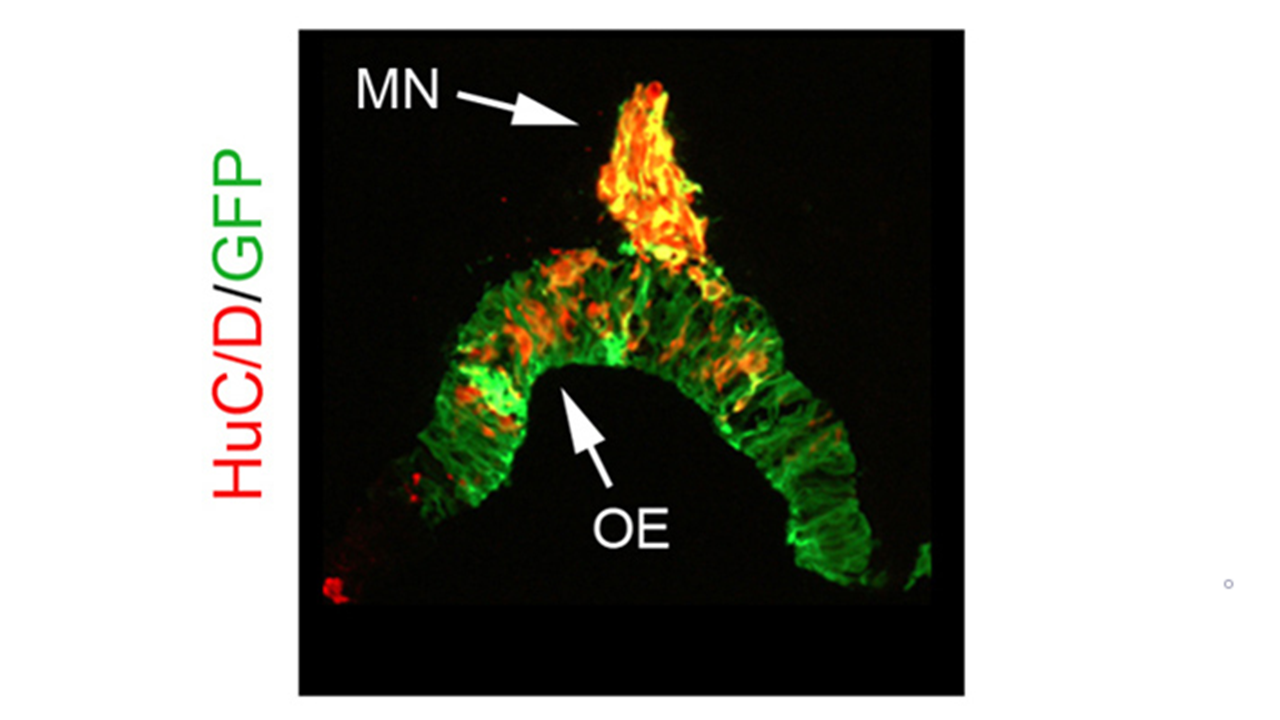Interested?
If you are interested to work with us as a graduate student (exam-work), Ph.D-student, Post-Doc or Staff Scientist please contact me, Lena Gunhaga at lena.gunhaga@umu.se.
Research Funding:
Our research is / has been funded by, among others:
The Swedish Research Council, The Swedish Energy Agency, Kempestiftelserna, Faculty of Medicine at Umeå University, Ögonfonden, Stiftelsen Kronprinsessan Margaretas arbetsnämnd för synskadade, Strategic Research Area Neuroscience (StratNeuro), Åhlens stiftelse, Märta Lundqvist stiftelse.






